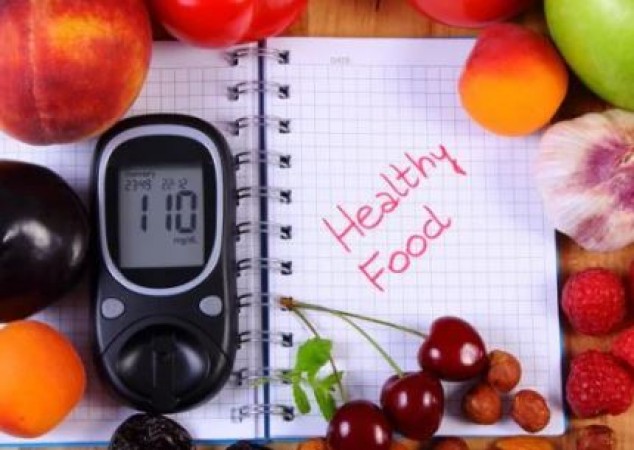
Living with diabetes requires careful attention to diet and nutrition. Managing blood sugar levels is essential for overall health and well-being. Here are some key components that diabetes patients should include in their diet to maintain stable blood sugar levels and support their overall health.
Increasing fiber intake is crucial for diabetes management as it helps regulate blood sugar levels. Foods such as whole grains, fruits, vegetables, beans, and legumes are excellent sources of dietary fiber.
Incorporate whole grains like brown rice, quinoa, oats, and whole wheat into your meals instead of refined grains. Whole grains provide more nutrients and fiber, which help in better blood sugar control.
Fruits and vegetables are naturally rich in fiber, vitamins, and minerals. Aim to include a variety of colorful fruits and vegetables in your diet to ensure a diverse range of nutrients.
Including lean protein sources in your meals helps stabilize blood sugar levels and keeps you feeling full longer. Opt for skinless poultry, fish, tofu, legumes, and low-fat dairy products.
Fatty fish such as salmon, mackerel, sardines, and trout are rich in omega-3 fatty acids, which have anti-inflammatory properties and are beneficial for heart health.
Incorporating healthy fats into your diet can improve insulin sensitivity and reduce the risk of heart disease. Choose sources like avocados, nuts, seeds, and olive oil.
Avocados are packed with monounsaturated fats, fiber, and potassium. They help in managing blood sugar levels and promote heart health.
Nuts and seeds contain healthy fats, protein, and fiber, making them an excellent snack choice for diabetes patients.
Foods with a low glycemic index are digested more slowly, causing a gradual rise in blood sugar levels. Include foods like lentils, chickpeas, sweet potatoes, and non-starchy vegetables in your meals.
Legumes are rich in protein and fiber and have a low glycemic index, making them an ideal choice for diabetes management.
Controlling portion sizes is essential for managing blood sugar levels and preventing overeating. Focus on portion control to avoid consuming excess calories and carbohydrates.
Create balanced meals that include a combination of carbohydrates, protein, and healthy fats to help keep blood sugar levels stable throughout the day.
Staying hydrated is important for overall health and can help regulate blood sugar levels. Drink plenty of water throughout the day and limit consumption of sugary beverages.
Water is the best choice for staying hydrated and has no added sugars or calories, making it ideal for diabetes management.
Eating meals and snacks at regular intervals can help prevent spikes and drops in blood sugar levels. Aim for consistency in your meal timing to support stable blood sugar control.
Plan your meals ahead of time and aim to eat at similar times each day to maintain consistency in your eating patterns. By incorporating these key components into their diet, diabetes patients can better manage their condition and improve their overall health and well-being.
BMW brings electric car worth Rs 1.19 crore, will give range of 516 kilometers
What is the use of airbags, is it really difficult to identify real and fake?